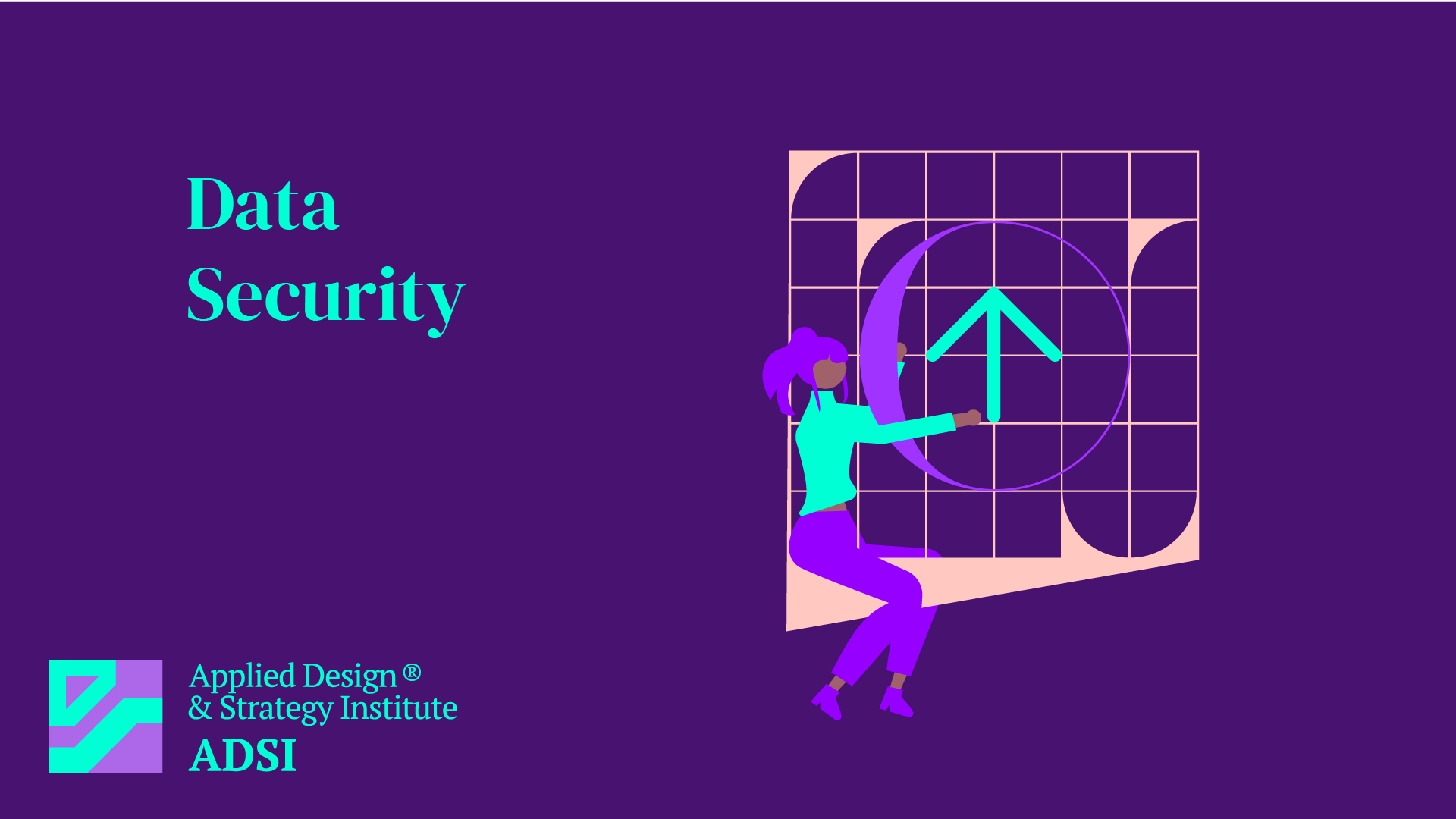Data Security
Data Security: Safeguarding Information in the Digital Age
Introduction
Data Security involves protecting digital data from unauthorized access, corruption, or theft throughout its lifecycle. It’s a critical aspect of IT for every kind of business and organization, as data breaches can lead to catastrophic financial losses and damage to an organization’s reputation.
Key Components of Data Security
- Data Encryption: Encrypting data to make it inaccessible to unauthorized users.
- Access Control: Ensuring only authorized personnel have access to sensitive data.
- Data Backups: Regular backups to prevent data loss in case of hardware failure or cyberattacks.
- Network Security: Protecting the data in transit over the network.
- Endpoint Security: Securing endpoints like computers and mobile devices from which data can be accessed.
The Importance of Data Security
- Protecting Confidentiality: Ensuring sensitive information is kept out of the wrong hands.
- Maintaining Integrity: Protecting data from being altered or tampered with.
- Ensuring Availability: Making sure data is available when needed.
Challenges in Data Security
- Sophisticated Cyber Threats: The continuously evolving nature of cyber threats.
- Insider Threats: Risks posed by employees or others with access to the company’s data.
- Compliance Requirements: Adhering to various data protection regulations like GDPR.
Best Practices in Data Security
- Regular Security Audits: To identify vulnerabilities and assess the effectiveness of current security measures.
- Employee Training: Educating staff about best practices in data security.
- Using Advanced Security Tools: Implementing the latest security software and tools.
- Data Minimization: Limiting data collection and retention to what is strictly necessary.
The Role of Technology in Data Security
- Cloud Security: Utilizing secure cloud storage solutions.
- Artificial Intelligence and Machine Learning: For predictive threat modeling and real-time security updates.
- Blockchain Technology: For secure, tamper-proof systems, especially in transactions.
The Future of Data Security
Data security will continue to evolve with advancements in technology. The increasing use of IoT devices, cloud computing, and AI will shape future data security strategies and practices.
Conclusion
Data security is a cornerstone of modern business and IT strategy. Protecting data from unauthorized access, breaches, and other cyber threats is critical for maintaining trust, complying with legal requirements, and ensuring the smooth operation of business processes. As technology evolves, so too will the methods and practices of data security, making it an ever-present challenge for organizations of all sizes.



Leave a Reply